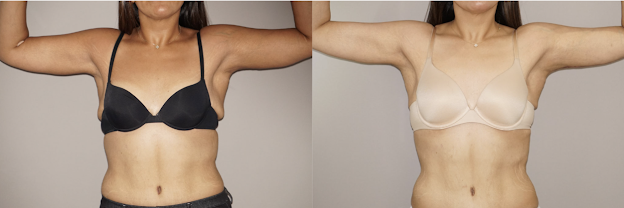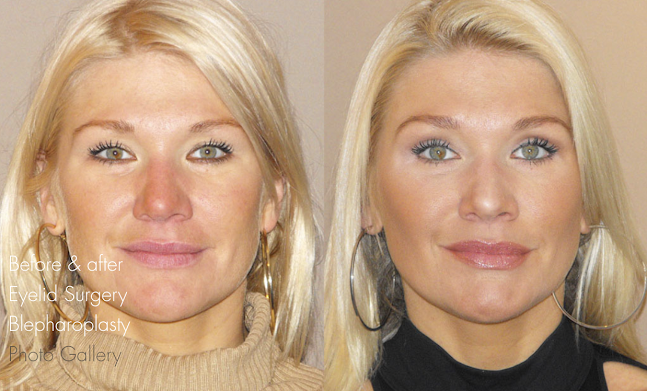Mohs Surgery:
The Gold Standard for Skin Cancer Treatment
When it comes to treating skin cancer, precision is everything. The goal is always the same: remove every cancerous cell while preserving as much healthy skin as possible. For lesions in visible or delicate areas such as the nose, lips, eyelids, or ears, this balance becomes even more critical. That’s where Mohs micrographic surgery comes in—a highly specialised technique with the highest cure rates of any skin cancer treatment.
Where the Name Comes From
 Mohs surgery is named after Dr. Frederic Mohs, an American surgeon who developed the procedure in the 1930s. His method revolutionised skin cancer treatment by combining surgical removal with microscopic analysis. Instead of removing a tumour in one large excision, Dr. Mohs removed it layer by layer, examining each layer under the microscope in real time.
Mohs surgery is named after Dr. Frederic Mohs, an American surgeon who developed the procedure in the 1930s. His method revolutionised skin cancer treatment by combining surgical removal with microscopic analysis. Instead of removing a tumour in one large excision, Dr. Mohs removed it layer by layer, examining each layer under the microscope in real time.
This approach ensured that no cancerous cells were left behind while minimising the removal of healthy skin. Over time, the technique was refined into the method now recognised worldwide as the gold standard for treating many types of skin cancer.
How Mohs Surgery Works
The process is meticulous but incredibly effective:
Local anaesthetic – The area around the tumour is numbed so you remain comfortable.
Layer removal – The visible portion of the skin cancer is removed, along with a very thin surrounding layer.
Microscopic analysis – The tissue is immediately examined under a microscope to check for cancer cells at the margins.
Targeted re-excision – If cancer cells remain, another layer is taken only from the affected area.
Repeat until clear – The process continues until all cancer cells have been removed.
Because of this step-by-step analysis, patients can leave the clinic the same day knowing the cancer has been completely eradicated.
Why It’s Considered the Gold Standard
Highest cure rates – Up to 99% for certain types of basal and squamous cell carcinomas.
Tissue preservation – Only diseased tissue is removed, sparing as much healthy skin as possible.
Minimal scarring – Smaller excisions mean less disruption and better cosmetic outcomes.
Immediate certainty – Patients leave knowing their skin cancer is fully treated.
These advantages make Mohs surgery especially valuable for cancers located in cosmetically or functionally important areas, such as around the eyes, mouth, nose, or ears.
Who Benefits Most from Mohs Surgery?
Mohs micrographic surgery is typically recommended for:
Basal cell carcinomas (BCCs) or squamous cell carcinomas (SCCs) in the head and neck region.
Large, aggressive, or recurrent skin cancers.
Tumours with ill-defined borders, where standard excision risks leaving cancer behind.
Patients for whom cosmetic or functional preservation is particularly important.
While it is less commonly used for melanoma, some early-stage melanomas or melanoma in situ can be treated with Mohs in selected cases.
What to Expect During Your Procedure
Although Mohs surgery is detailed, it is carried out as a day procedure under local anaesthetic. Patients are awake but comfortable throughout.
Between stages of tissue removal, you’ll wait while the sample is processed and analysed—this can take up to an hour per stage, though many cancers are cleared in just one or two stages. Once the tumour is fully removed, reconstruction of the area takes place.
At Ocean Clinic Marbella, this is where Dr. Gabriela Casabona’s dual expertise in dermatology and aesthetic surgery is invaluable. She combines oncological precision with advanced reconstructive techniques to ensure both health and appearance are preserved.
The Ocean Clinic Marbella Difference
Ocean Clinic Marbella is one of the few centres in Spain where Mohs surgery is available, thanks to the expertise of Dr. Gabriela Casabona. Trained internationally and specialising in both skin cancer management and aesthetic dermatology, she brings a unique skill set to her patients.
The clinic offers:
Specialist-led Mohs micrographic surgery.
On-site microscopic analysis, ensuring accuracy and efficiency.
Expertise in reconstruction and scar minimisation.
A supportive, multilingual team for international patients.
A discreet, comfortable clinic setting in the heart of Marbella.
This combination makes Ocean Clinic an excellent choice for both local residents and international visitors who want world-class care.
In Summary
Skin cancer treatment requires both science and artistry. Mohs surgery delivers unrivalled cure rates while protecting healthy tissue, and when performed by an expert such as Dr. Gabriela Casabona, it also ensures the best possible cosmetic outcomes.
For anyone diagnosed with a basal or squamous cell carcinoma—particularly in sun-exposed areas of the face—Mohs surgery at Ocean Clinic Marbella offers peace of mind, safety, and confidence.
If you’ve been diagnosed with skin cancer or have concerns about a suspicious lesion, book a consultation with Dr. Casabona and her team. With Mohs surgery, you can be sure every cancerous cell is removed while your appearance is preserved.

















